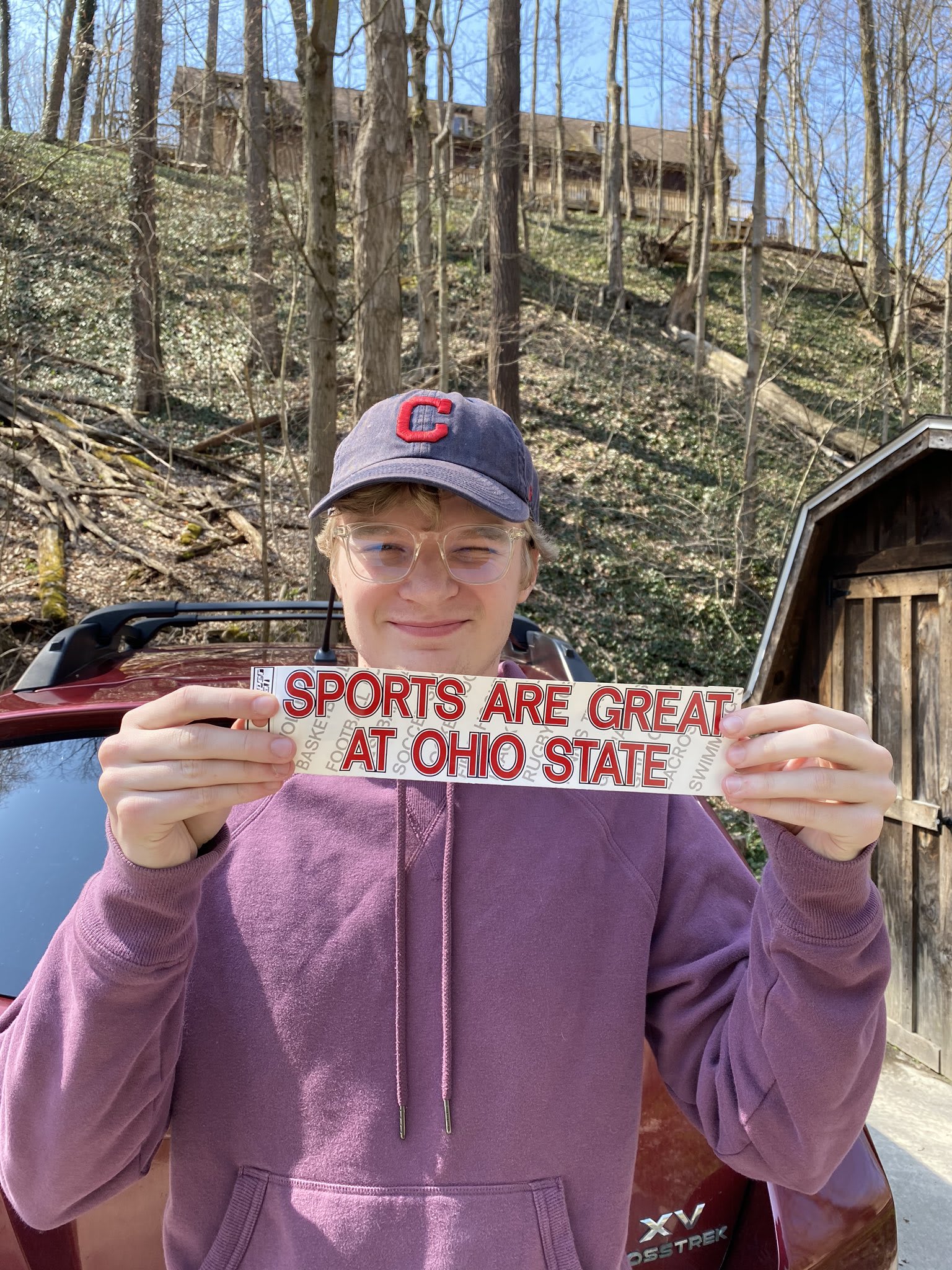Heading into year No. 4 as head coach at Ohio State, Chris Holtmann has had his share of inconsistencies on the Ohio recruiting trail.
Following in the footsteps of the most successful coach in Buckeye history, Thad Matta, Holtmann was in a tough position from the beginning. Matta was a top-tier national recruiter, bringing in 10 five-star recruits in just over a decade in Columbus and bringing relevancy to basketball at a football-dominated school.
He started his recruiting excellence in Ohio.
Matta’s first full class included David Lighty and Daequan Cook, two top-tier guards out of the Buckeye state. Recruiting has evolved into a national chase, but locking down Ohio was the key for Matta in developing a national focus, and Holtmann recognizes the need to win the home state on a yearly basis.
“If you’re at a true blue blood, obviously our football program is a legitimate blue blood, well then your national scope in recruiting is different,” Holtmann said on the Ryen Russillo Podcast. “For us, it’s still gonna be relatively regionalized for the most part.”
When he took over for Matta in 2017, Holtmann was practically handed Ohio's top two prospects. Kaleb Wesson had committed two years prior and was locked in to becoming a Buckeye even with the coaching change, and Kyle Young flipped from Butler alongside his head coach.
At Butler, Holtmann was not offering five-star recruits. Even signing a four-star prospect was a big deal; Butler has had just two four-star commits in the past five years.
The new head coach of the Buckeyes took full advantage of the national sights he was provided. Six of the eight enrollees over Holtmann’s first two full classes came from outside of Ohio and the states immediately bordering it.
Two problems quickly became evident with this all-out national approach, the biggest being the rise of transfers across America.
Players- especially when they are not playing in their home states- are transferring at a higher rate than ever before. Matta’s time at Ohio State came to an end in some part due to the catastrophic class of 2015, in which all five recruits ended up leaving the program.
Half of Holtmann’s classes of 2018 and 2019 have transferred. Only one of those transfers was a local product.
The transfer epidemic leads directly into the other issue Holtmann had been dealing with: a lack of securing Ohio recruits. The Buckeyes extended offers to six Rivals150 Ohioans in the class of 2018, and ended up receiving zero commits from that group.
In 2019, Holtmann’s only Ohio signee, Alonzo Gaffney, left the team shortly after his freshman season and Ohio State missed on Pickerington’s Jeremiah Francis, the top point guard in Ohio.
Even with the broad scope Big Ten recruiting has, that stretch of missed Ohio talent put a dent in Holtmann’s recruiting profile.
From 2017 to 2020 (the Chris Holtmann “era”) Ohio State has brought in 13 players in four classes. Just four of those incomers have been from Ohio, including Wesson, who was a given commit years earlier.
But there is another side to expanding the surface area of recruiting. Look at Wisconsin, a program with very similar success to Ohio State over the past decade: in those same four years, Wisconsin signed 12 recruits. All but one of those recruits are from Wisconsin, Minnesota, or Michigan, the states directly bordering Wisconsin.
The average distance from Holtmann-era recruits’ high schools to Ohio State is 683 miles, and the recruiting ground covered stretches from Texas to California.
Though the contrast may be extreme due to Wisconsin’s notoriety for staying close to home in recruiting, the Badger program is a perfect example of the positive impact recruiting locally has. In-state players do not transfer as frequently, and developing a local pipeline can provide talent for decades.
With regards to future classes, Holtmann has ramped up his Ohio recruiting. The class of 2021 has featured three of the state’s top four recruits verbally committing to the Buckeyes: Malaki Branham, Kalen Etzler, and Meechie Johnson. If it sticks together, the group will become the first at Ohio State since 2010 to include three players from Ohio.
Even further down the line, 2022 guard Bowen Hardman has already committed to Holtmann out of Cincinnati, and the Ohio State staff has offered the state’s top two players in the class of 2022, Chris Livingston and Shawn Phillips.
Ohio continually pushes out upper-level prospects, and Holtmann is finding his groove mixing in the Buckeye state’s best with national talent. Over the coming years, Ohio State will reap the benefits of its homegrown prospects.
